
Water-related crises around the world show that current systems of water management are unsuited for a world altered by global warming.
Water-use restrictions, power cuts and other stopgap measures are no longer fit for purpose.
The task now is to understand the links between water, climate change and biodiversity loss, and to properly govern water as a global common good.
The world needs to clearly define its plans, as this will help governments steer innovation and knowhow towards meeting critical goals.
The floods, droughts, heatwaves, and fires that are devastating many parts of the world underscore two fundamental facts. First, damage to freshwater supplies is increasingly straining human societies, especially the poor, with far-reaching implications for economic, social, and political stability. Second, the combined impact of today’s extreme conditions are unprecedented in human history, and are overwhelming policymakers’ ability to respond.
In East Africa, a devastating four-year drought has destroyed millions of livelihoods and left more than 20 million people at risk of starvation. In Pakistan, recent flooding has submerged one-third of the country, killing at least 1,500 people so far and wiping out 45% of this year’s crops. In China, an unprecedented heatwave has caused acute water shortages in regions that account for one-third of the country’s rice production.
Moreover, droughts and fires in the United States and Europe, and severe floods and droughts across India, have reduced global grain yields and food exports, highlighting the extent to which our food production depends on large, stable volumes of water. Add to this the impact of the war in Ukraine on grain and fertilizer supplies, and there is a substantial risk that today’s global food crisis will persist.
For the first time in our history, human activities are jeopardizing water at its very source. Climate change and deforestation are reshaping the monsoon season, causing ice on the Tibetan plateau to melt, and affecting freshwater supplies to more than one billion people. Rising global temperatures are changing evaporation patterns and reducing moisture feedback from forests, disrupting downwind rainfall. And a destabilized global water cycle is itself aggravating climate change. For example, the depletion of water in the soil and forests is reducing their ability to sequester carbon.
Water-use restrictions, power cuts, and other stopgap measures can no longer paper over the fact that our water governance and management systems are not suited for a world of radical environmental change. All our current arrangements rest on the assumption, now invalidated, that the water supply is relatively stable (within the bounds of natural variability), predictable, and manageable in localized ways. But the water crisis is global, and it can be solved only with transformational thinking and new governance.
We must recognize that all our key environmental challenges are connected to water – whether there is too much or too little, or whether it is too polluted for human use. The task now is to understand the links between water, climate change, and biodiversity loss, and to properly define, value, and govern water as a global common good. Thinking about water in this way will allow us to mobilize collective action and design new rules that put equity and justice at the center of our response.
For too long, most governments have either ignored market failures or responded to them with quick fixes, rather than mobilizing the public and private sectors around common ambitions. The public sector must see itself as a market shaper that works with all stakeholders in the water economy to create pathways for innovation and investment, ensure universal access to clean water and sanitation, and provide enough water for food, energy, and natural systems.
A key lesson from past challenges that demanded systemic innovation is that a clearly defined mission is needed to organize our efforts. Mission-oriented policies allow governments to steer innovation and knowhow directly toward meeting critical goals. When guided by an inclusive “common-good” approach, they are uniquely capable of delivering solutions to challenges that require tremendous levels of coordination and financing across many years. Climate change, biodiversity loss, and water crises are precisely such challenges.
Mission-based strategies can help governments innovate with purpose, direction, and urgency. But to be effective, policymakers must heed the experience and wisdom of the ordinary citizens, communities, and innovators who know how to prosper in a world of water scarcity, higher temperatures, and altered coastline and river systems.
We must now recognize threats to the global freshwater system and translate our awareness into collective action. Because water scarcity will jeopardize all the other Sustainable Development Goals, it should solidify our collective determination to limit temperature increases to 1.5° Celsius above pre-industrial levels (as specified in the Paris climate agreement), and to preserve the natural systems that ensure stable rainfall and runoff patterns.
DISCOVER

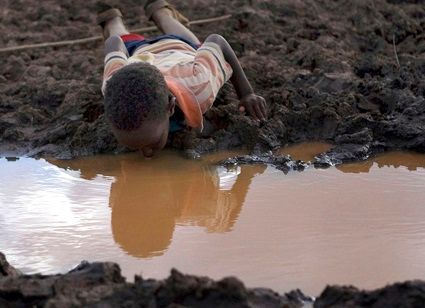
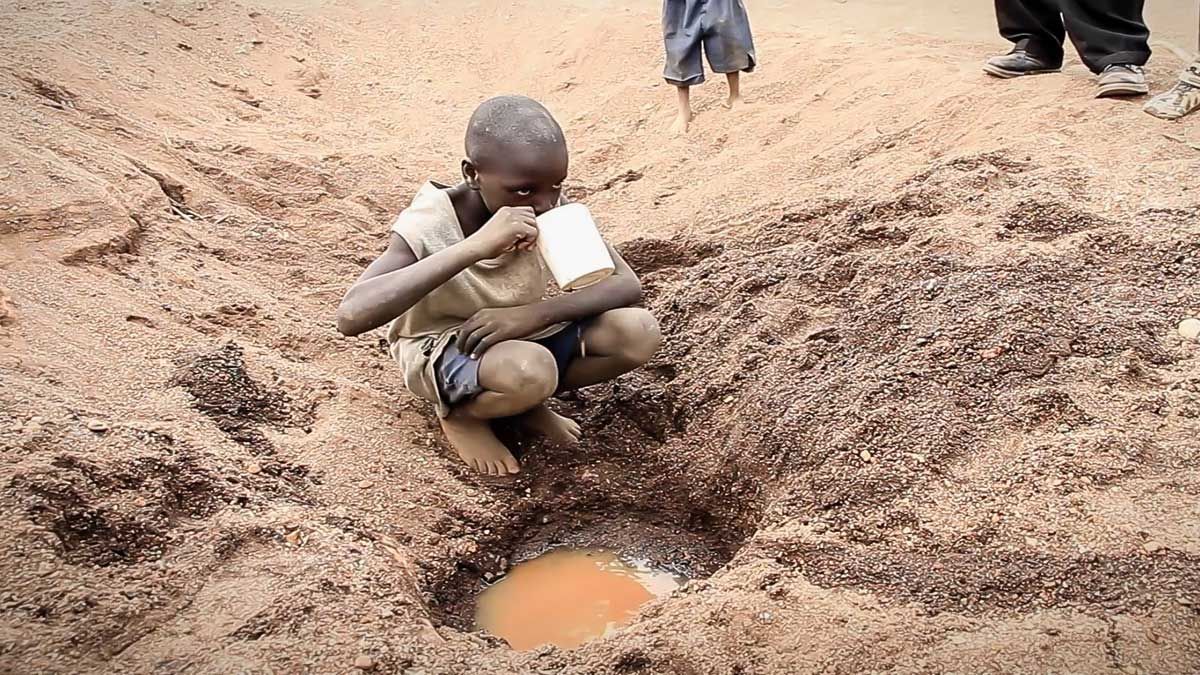

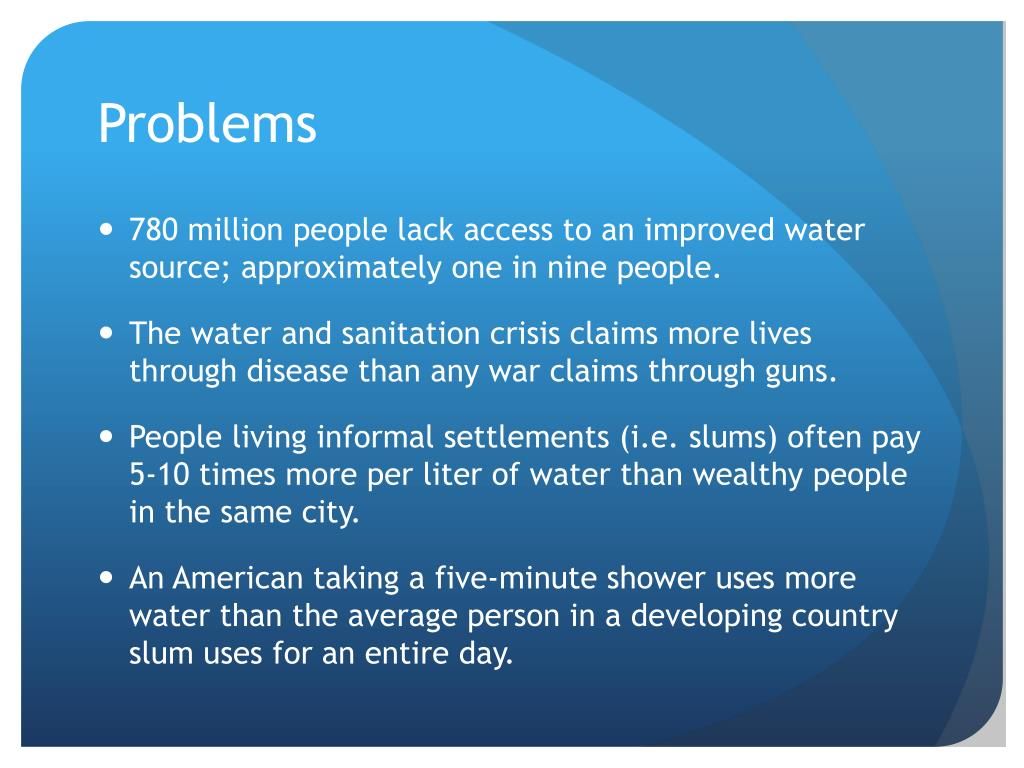 
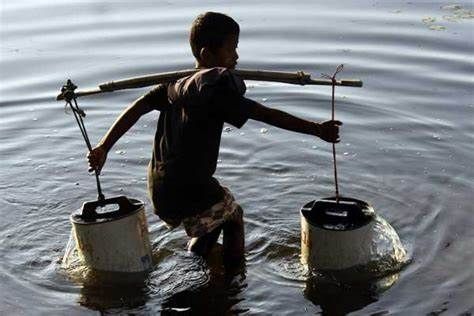

.jpg) !
!.jpg)
.jpg)

_1715250366724.jpg)
.jpg)
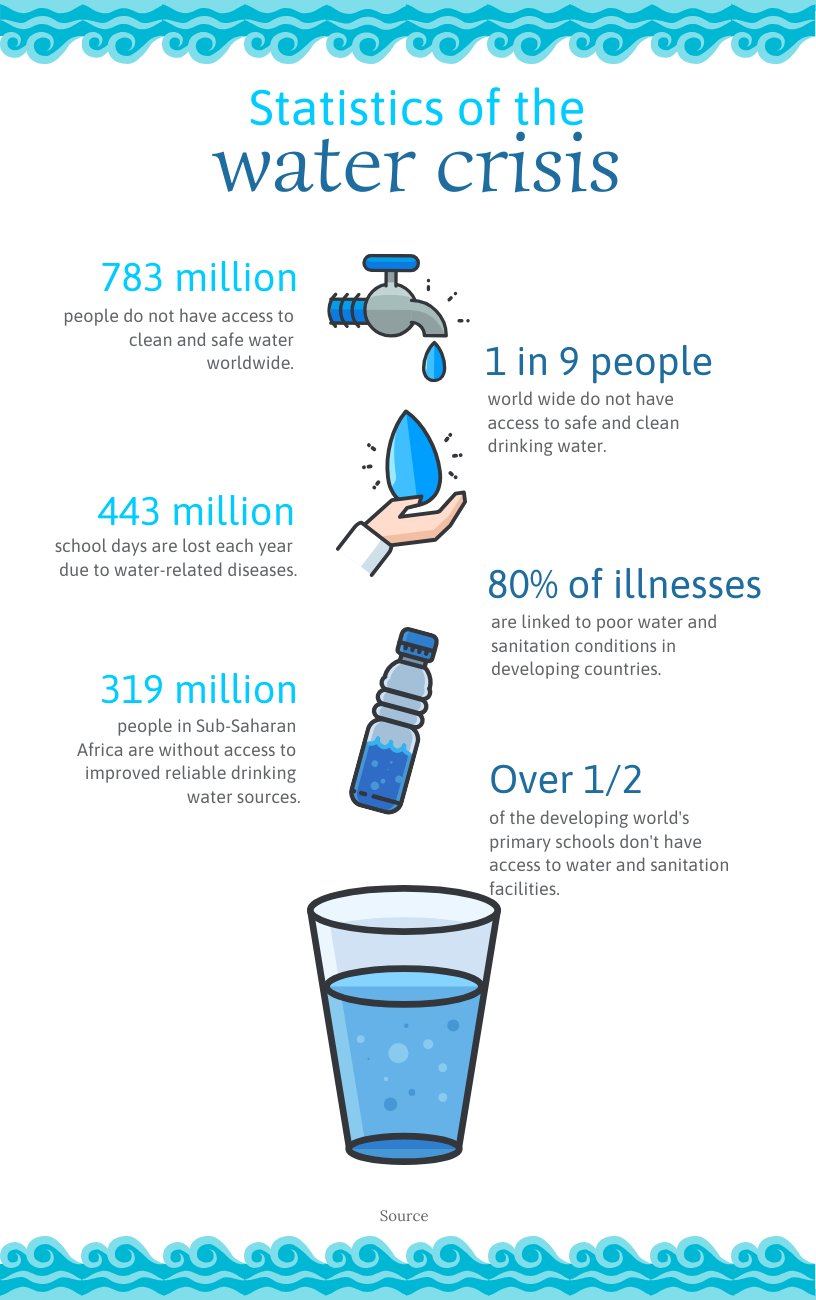
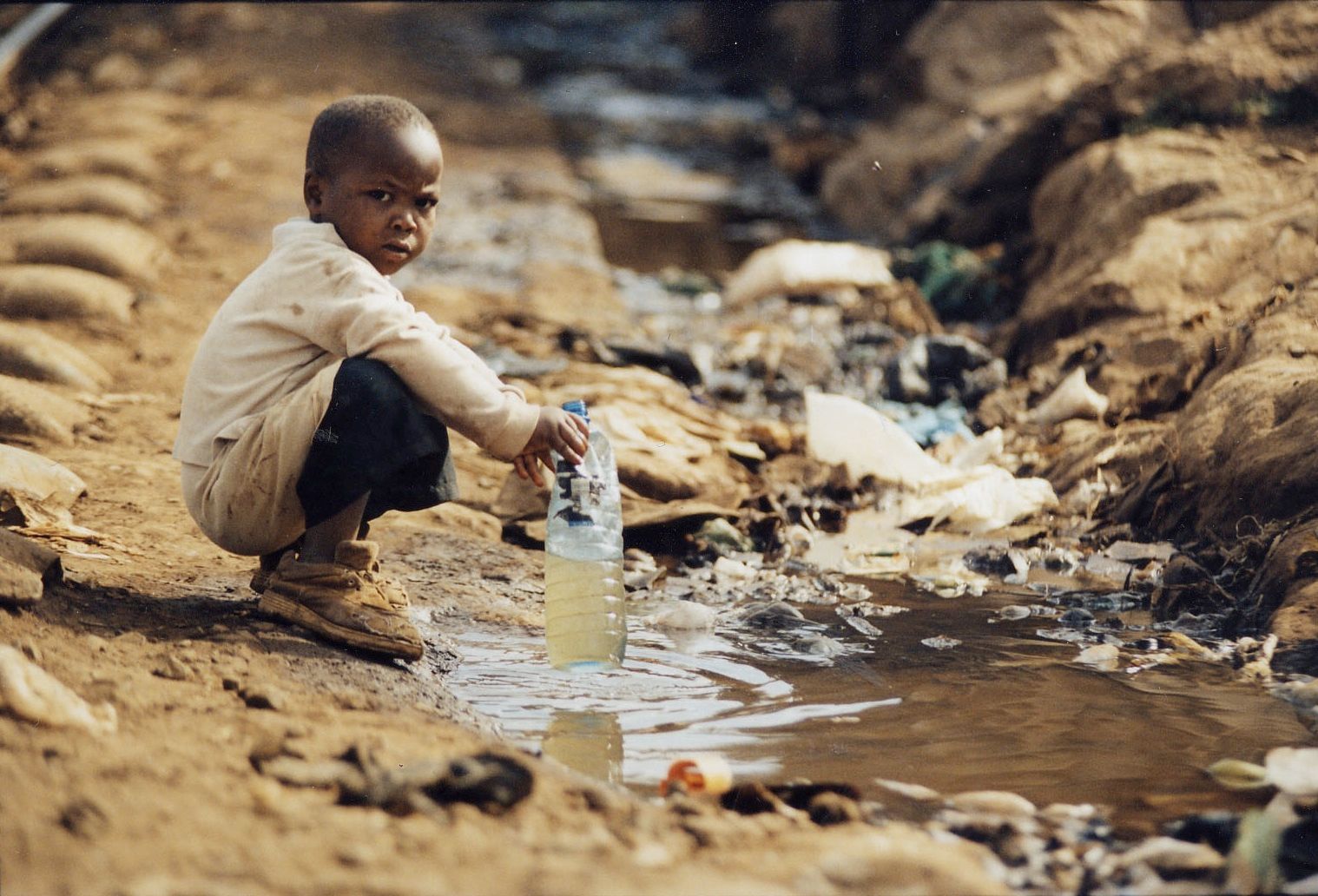
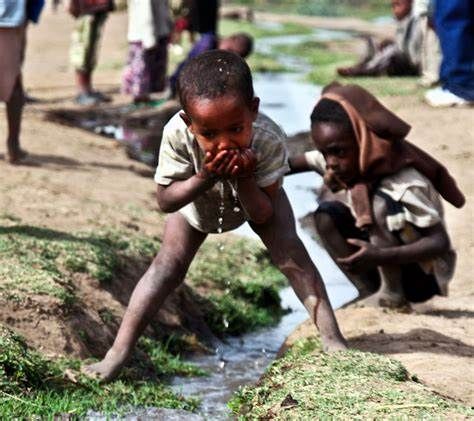
_1715259038473.jpg)
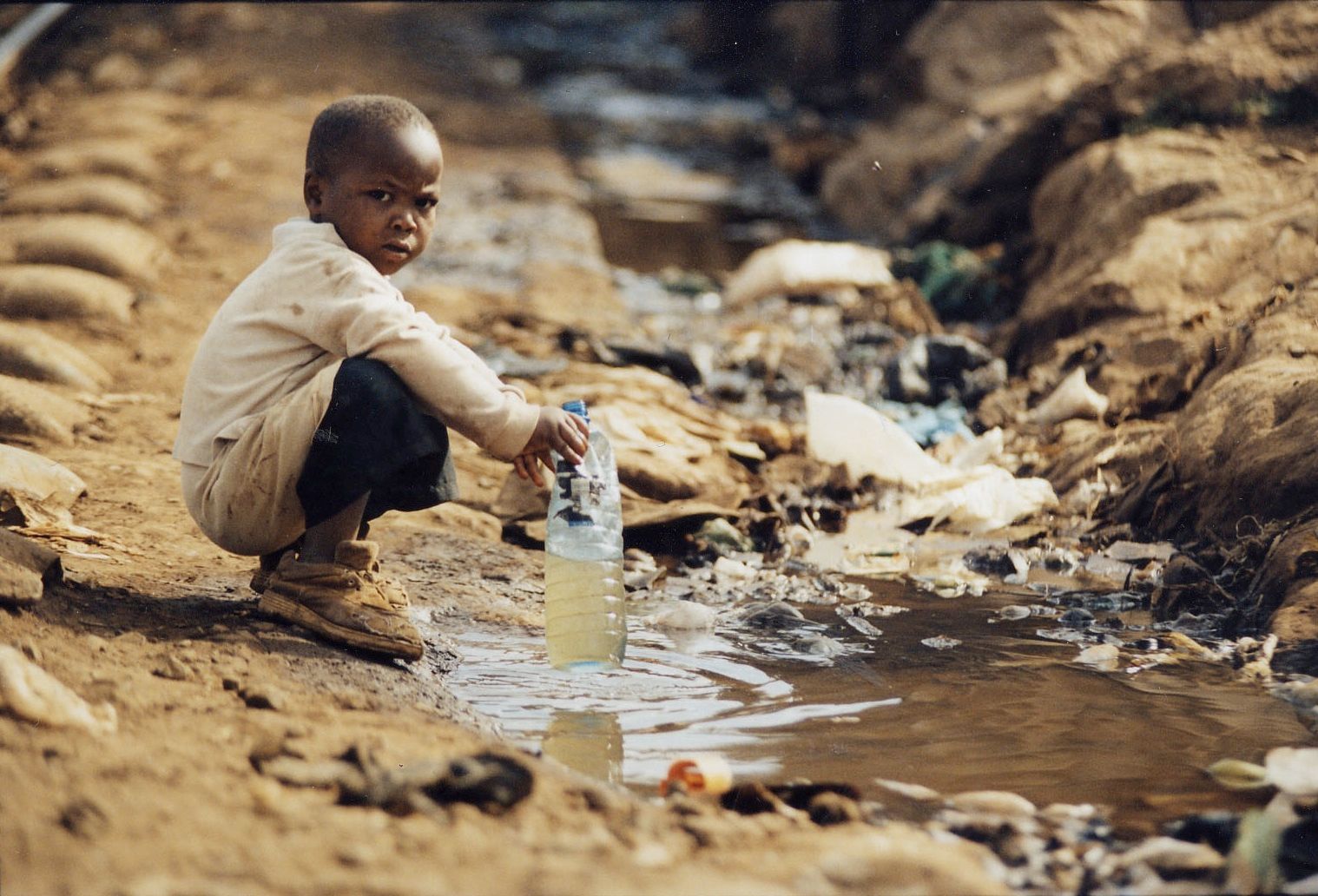
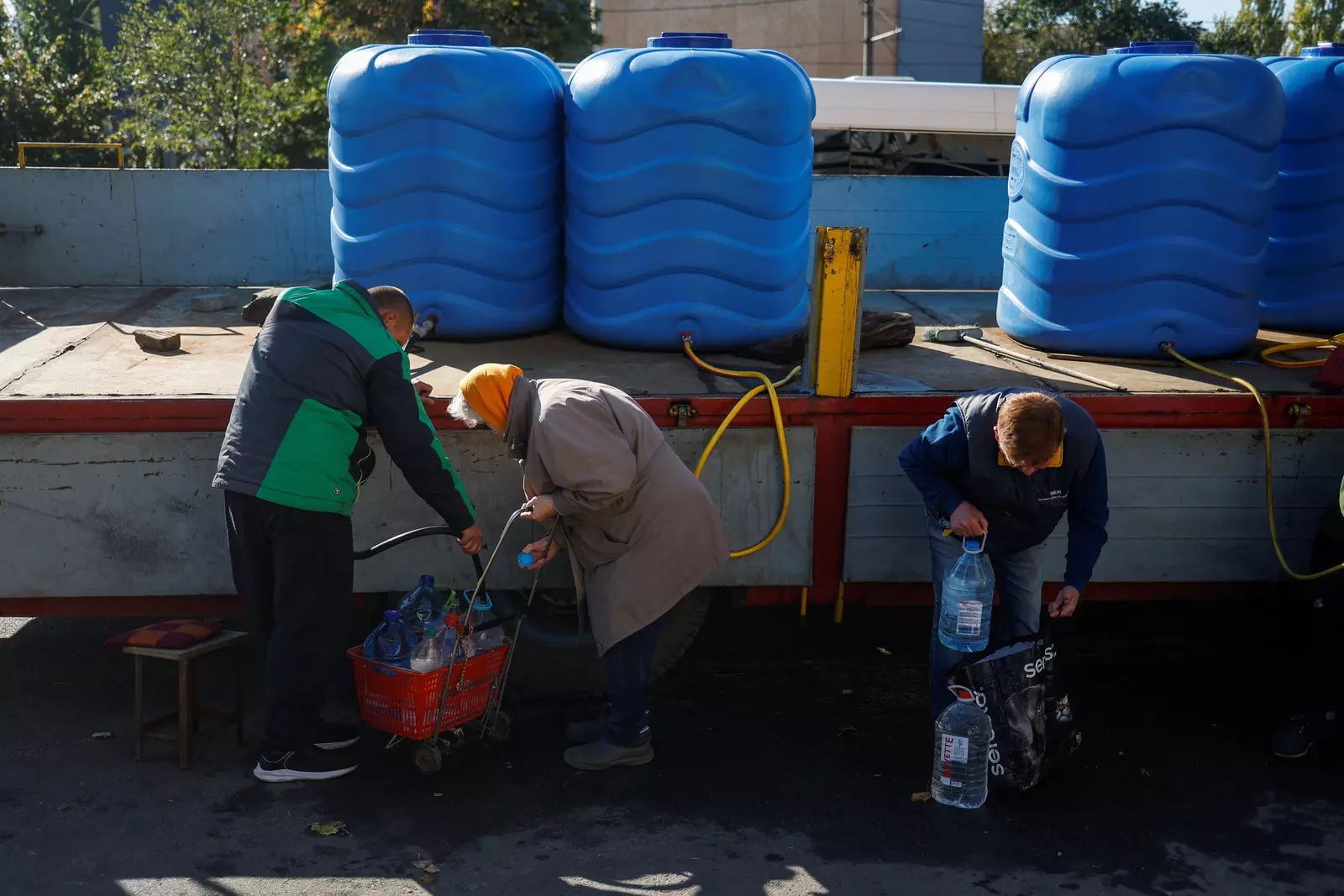

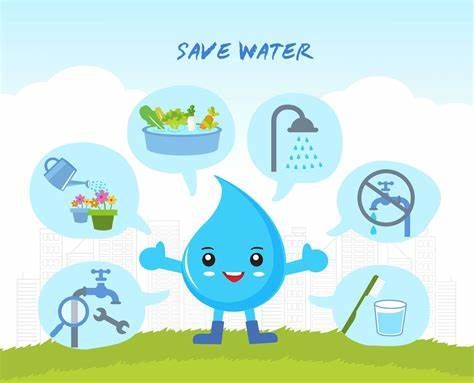 Here are some simple ideas to address water-related issues globally:
Here are some simple ideas to address water-related issues globally: